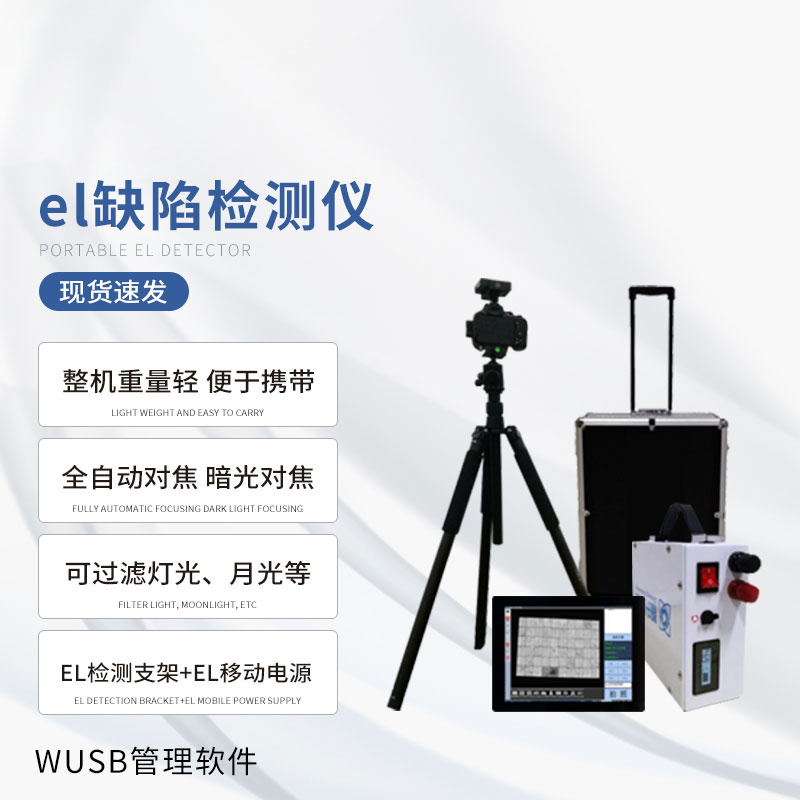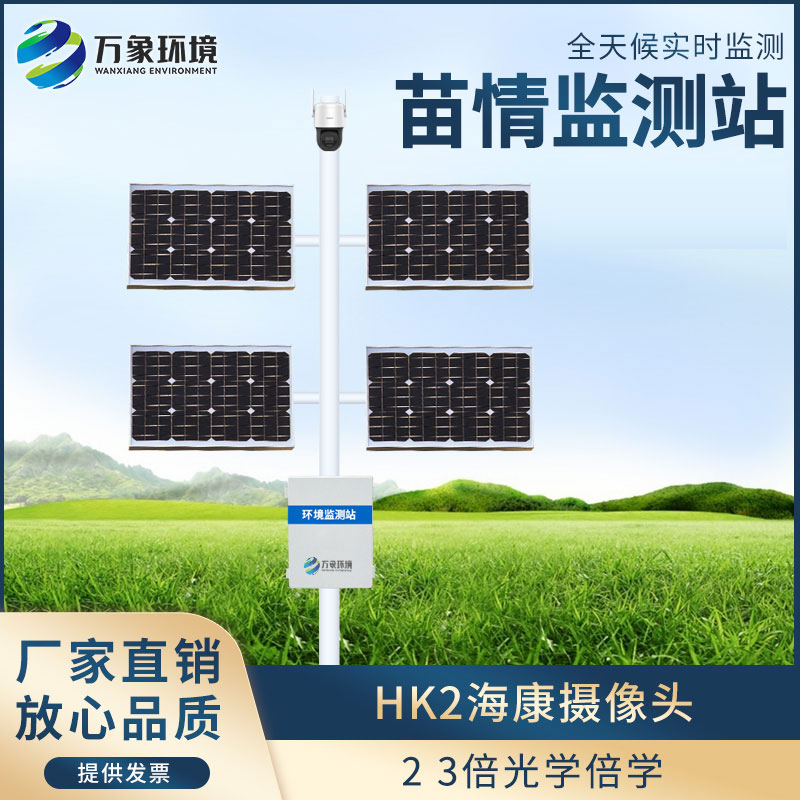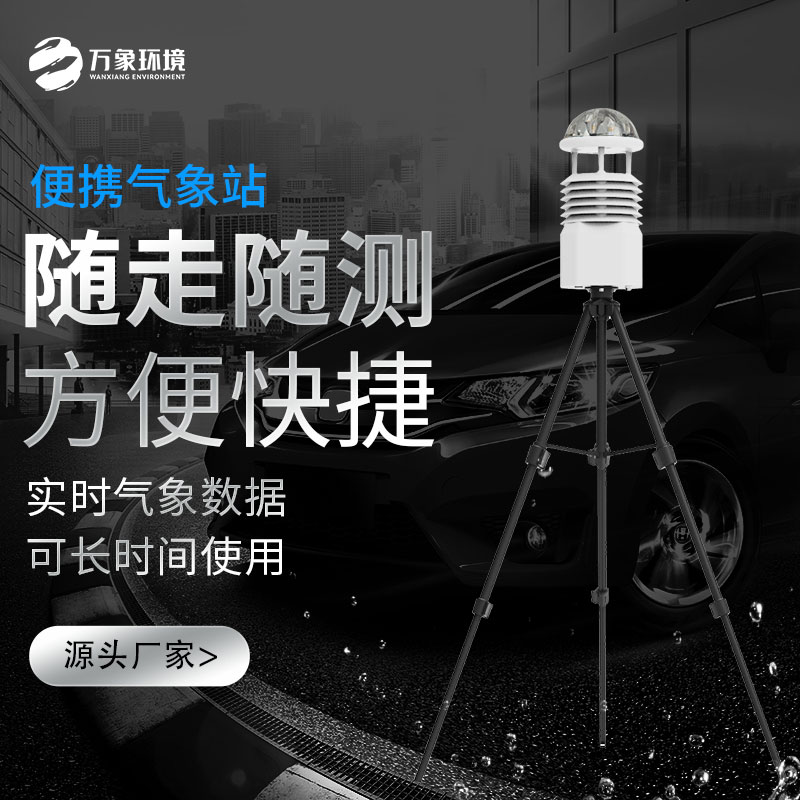In this era of rising green energy, the photovoltaic industry, as a leader in renewable energy, is changing our energy structure at an unprecedented rate. In this wave of energy revolution, the performance and quality of photovoltaic modules are directly related to the power generation efficiency and service life of the entire system. Today, let us go into the depths of photovoltaic technology, reveal a "fire eye" in the industry - photovoltaic module tester, see how it is to escort the quality of photovoltaic modules, to ensure that every ray of sunlight can be converted into pure and flawless electricity.
In the production line of photovoltaic modules, small defects are often hidden under the seemingly perfect appearance, these imperceptible flaws, such as cracks, broken grids, black sheets, etc., may become the culprit affecting the performance of the module and even the stability of the entire photovoltaic system. The WX-EL2 photovoltaic module tester was born to capture these "invisible killers".
By applying low-voltage direct current to a photovoltaic module, which stimulates the crystal silicon material inside it to emit weak but distinctive light (electroluminescence phenomenon), the photovoltaic module tester is able to convert these light signals into high-resolution images that visually show the internal structure of the module. Any slight defect will be invisible on the EL image, providing manufacturers with accurate quality control means.
With the continuous progress of photovoltaic technology, EL defect detector is also continuously upgraded. From the early black and white images to today's full-color HD display, from a single function to an integrated, intelligent comprehensive inspection platform, EL detector is becoming an indispensable tool for photovoltaic module quality inspection with its excellent performance and convenient operation.
Not only that, some advanced EL detectors also integrate cutting-edge technologies such as big data analysis and AI identification, which can automatically analyze the test results, quickly locate the problem area, and give optimization suggestions, greatly improving the detection efficiency and accuracy, and saving a lot of human and material costs for photovoltaic companies.

Article address:
http://www.qxhjjc.com/en/article/1157.html


















 Home
Home phone
phone Product Overview
Product Overview Contact Us
Contact Us